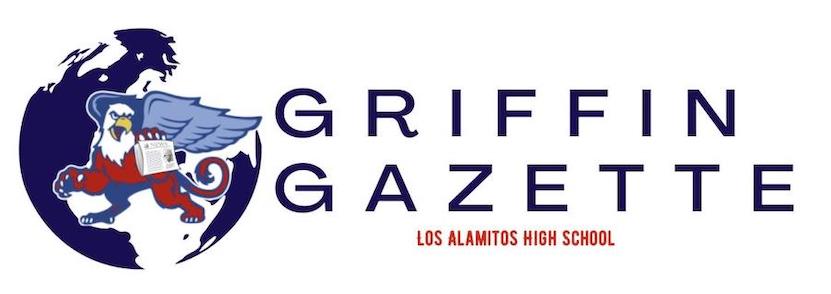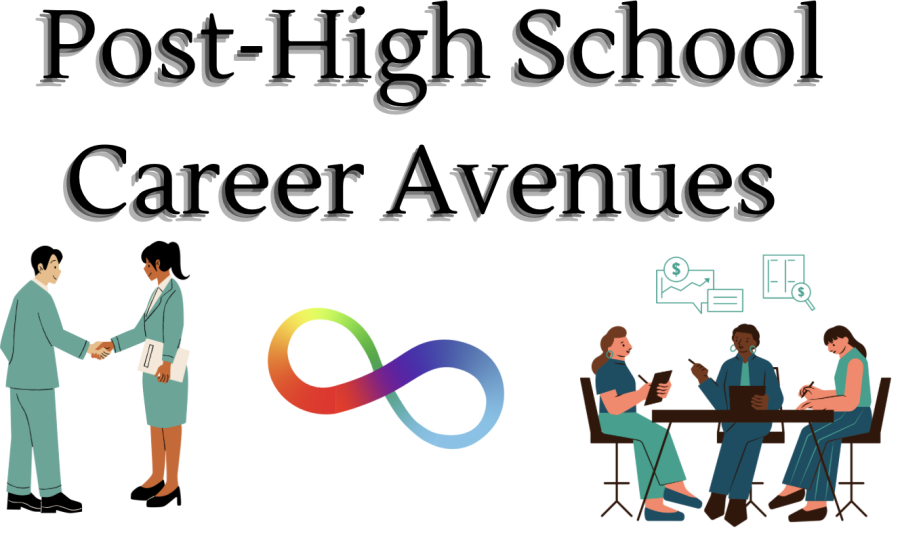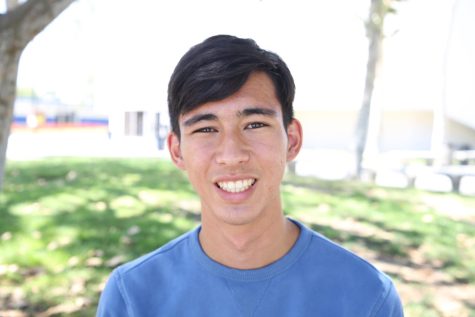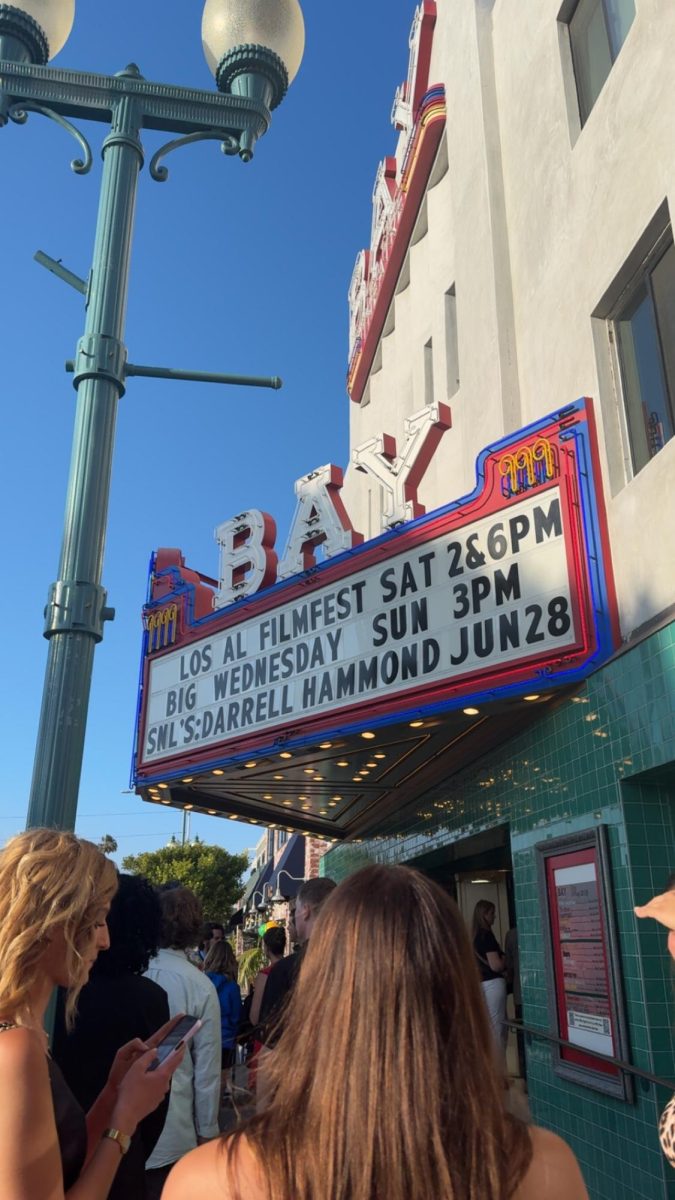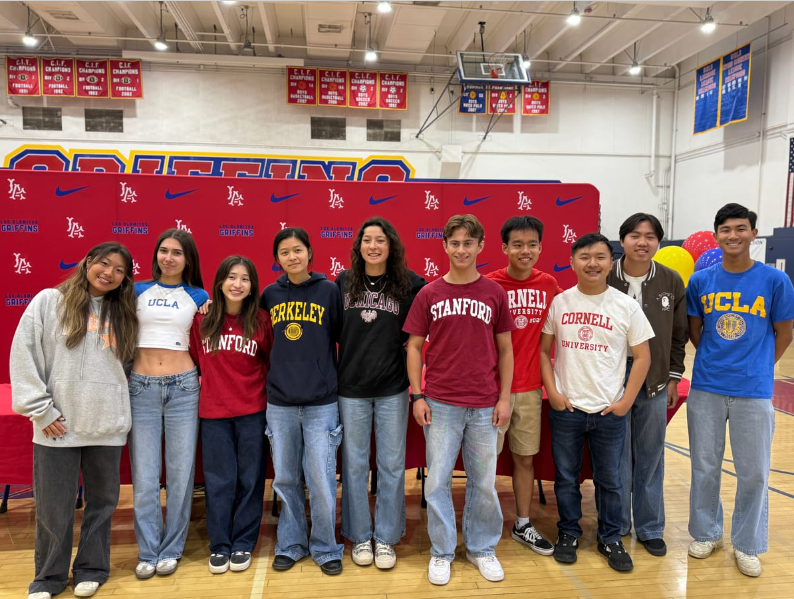Other avenues for post-high school careers
People with disabilities or who are neurodivergent should have the same job opportunities as everyone else
The infinity autism symbol in the context of the work environment.
May 22, 2023
LOS ALAMITOS, CA — For many on the Los Alamitos High School campus, the special education program is unknown territory. Ask Los Al students about post-high school life for those currently enrolled in special education, and many will scratch their heads.
Every student with a disability is different. And, like people without disabilities, everyone has their strengths and weaknesses. Therefore, some students will embark on the avenues of the majority of graduates, going to university, community college, or technical school. However, for some, more nuanced approaches are needed. In this article, the Griffin Gazette is going to explore the various post-high school options for special education students.
Post-high school
In the case of Los Alamitos High School, most of the avenues for people in the special education program are the same as ours. If students meet the A-G requirements, they can choose to go to a university. If A-G requirements are not meant, students can go to community college. However, there are cases where students need extra time before they enter further education. This is where the district’s continuing education program comes in. The continuing education program at Los Al provides extra training until the age of 22.
Careers
Some might have seen neurodivergence in careers through pop-culture via shows like the K-drama “Extraordinary Attorney Woo” or “The Good Doctor,” thinking: Are these high-level careers a reality for most neurodivergent people? Beyond the production studio, it does happen; often many people with disabilities are tapped for technical, high-level, well-paying careers.
“Students with autism seem to be most successful in the following fields: Doctor, lawyer, and engineer,” said Mrs. Karen Maffett, the director of the special education program at Los Al.
Some elite companies like JP Morgan Chase have special hiring programs for people with disabilities. Oftentimes, these applicants exhibit an advanced skill set, but need a different interview environment to demonstrate their knowledge during the hiring process.
In the case of JP Morgan Chase and its “Autism at Work” program, the banking company has neurodivergent applicants interviewed amongst other applicants during a weeks-long period. This is in order for the people conducting the hiring process to better understand the merits neurodivergent people have that they may not be able to display during a traditional interview. However, the “Autism at Work” program is not well-advertised. With a quick Google search, it initially seemed that the program did not even exist. There is also no easy way to access information about the program on the company’s website. If companies like JP Morgan Chase want to employ more people who are neurodivergent, they must better advertise these programs to the public.
For people with higher support needs, there are other avenues. After high school, they can attend vocational training programs to set up the necessary foundation for the workplace. Los Alamitos School District offers programs to facilitate this support group. Additionally, there are other local programs and organizations that allow students to gain experience.
In Fullerton and Huntington Beach, Able Coffee Roasters offer training and employment for students out of high school. The company was founded by a therapist interested in helping neurodivergent people enter the workforce after seeing the disparities in the labor force participation rate and unemployment between people with and without disabilities.
Employment statistics
Historically, unemployment levels for people with disabilities are high. Comparing the labor force participation rate, an estimate of an economy’s active workforce, between people with and without disabilities highlights disparities in the workplace.
According to the U.S. Department of Labor’s Office of Disability Employment Policy (ODEP), people with a disability in the sixteen to 64 age range have a 38.3% labor participation rate. On the other hand, people without a disability in the same age range have a 77.4% labor participation rate. That is a 39.1% disparity between people with disabilities and people without.
In the same report, the unemployment rate for people with disabilities is higher, at 7%, compared to 3% for people without a disability. It should be noted that unemployment statistics only account for people who do not have a job and are actively seeking employment. Discouraged workers, people who have stopped looking for work, are not counted as unemployed. It is likely that people with disabilities or who are neurodivergent have stopped looking for work because they could not find a job that fits their needs.
Conclusion
People with disabilities have lower rates of labor force participation and higher rates of unemployment. That is a major disservice to humanity. People who are neurodivergent or have a disability are qualified for a numerous array of jobs. It is a shame that so few are employed.
However, thanks to post-high school programs, offers by major companies like JP Morgan Chase, and local businesses like Able Coffee Roasters, people who are neurodivergent or have a disability have greater levels of opportunity than ever before. Hopefully, these programs expand and become better advertised to close the employment gap between people with and without disabilities.

